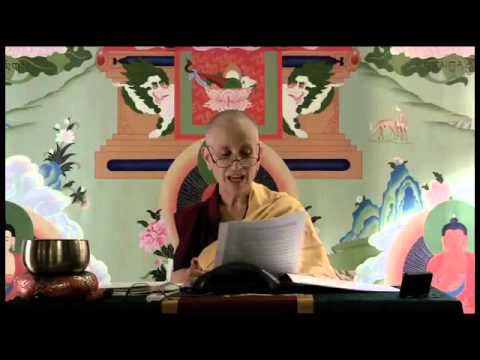The amazing effects of compassion
The amazing effects of compassion

Dr. Russell Kolts, professor of psychology at Eastern Washington University, was invited to speak to the Peace and Justice Action League of Spokane . The following is taken from an email in which Victoria Thorpe described the event to her friends.
Our special guest, Dr. Russell Kolts, began by introducing his latest book, The Compassionate Mind Guide to Managing Your Anger. In it he states that compassion is more powerful and effective than anger. He also spoke of his work as a volunteer at Airway Heights Correctional Center near Spokane, where he teaches individuals in his anger management groups tools to use to create a more peaceful environment for themselves, improve their relationships, and have a positive effect on situations around them. His main instruction is to increase our own care and forgiveness for ourselves first and then develop empathy and compassion for others.
Dr. Kolts told us that compassion comes based on the ability to feel pain and then relate our personal experience to others’ pain. He explained how we learn empathy (or the lack thereof) through our earliest relationships as well as in our social interactions as we grow up.
He asked us to do a short exercise:
Imagine that everything in your daily life is based on the worst thing you’d ever done. Imagine you have to wear a label that describes your bad deed and a name card that states “Offender.” The message that something is wrong with you and you’re bad is told to you every day, all day long, morning, noon, and night.
Imagine this clearly. Then ask yourself: Would this lead to my feeling shame and anger?
At Airway Heights Russell gives the participants emotional tools they can choose to use:
- Recognize we face “inner” and “outer” attacks daily. “Inner attacks” are our own disparaging self-talk; “outer attacks” come directly from another person. In these situations, our brain employs a survival technique and works to protect us. It activates our threat system, which in turn, motivates us to act. Sometimes our actions are not well thought out and harm ourselves and/or others. Accepting anger as a natural response of the threat system activated by our brain helps remove shame and isolation. If we practice paying attention to our behaviors, reactions, and body, we can identify our anger and then chose whether to curb it. We ask ourselves: Does this behavior help or hinder my life?
- Society and family conditions who we are to a great extent. Threat conditioning (threat learning) is very powerful. If a person has lived in an environment that has frequently set off his threat system and thus his anger, it can take a lot of personal work to undo the conditioning and re-train his mind. Remembering that the result of this work is a more peaceful state of mind coaxes us to do this. This involves shifting from threat-driven thinking to a compassionate thinking process.
- Students are also taught physical exercises to manage situations. For example,
- When you feel threatened and recognize that your anger is rising, slow your breath down.
- Tell yourself you are safe, and mentally decide to de-escalate the situation. Listen to the other party.
- Sincerely want to hear what they are feeling and listen empathetically to what they what they tell you.
- You are responsible for only your actions. These compassionate behaviors usually work, but the other person may not be ready or able to respond as peaceably. Don’t take it personally if they do not.
For our work to end the death penalty, we reviewed the necessity of educating people and bringing humanity into the equation. We all agreed that it is simple when we have an audience who already sees each person deserves respect and compassion. We need insight in how to speak in situations where we face deep opposition. To do this we must recognize what emotions are feeling and admit to ourselves that they sometimes cloud our interactions.
Russell used an extreme example to illustrate how much compassion can do. He told the details behind the capture of Joseph Duncan, a serial killer and sex offender. In reality Mr. Duncan “turned himself in” by his choice to take the young girl, Shasta, to a public restaurant and have a meal with her, where he obviously knew he’d be identified. Russell noted that Mr. Duncan, who had committed an action of extreme violence, was swayed by the compassion that eight-year-old Shasta had shown him. He had reacted to an unfamiliar but very effective act of humanity when an innocent child somehow found it within herself to look at him as a human being, even after his behavior.
Knowing this made me think how much easier it will be next time I face an angry person screaming “Just fry them and be done with it!” There is so much power in compassion.
May we all feel compassion and forgiveness for ourselves, our imperfect yet shining selves. May we all choose to shine that compassion onto the world around us. Peace to everyone.
Edited by Venerable Thubten Chodron


